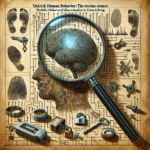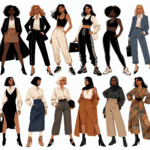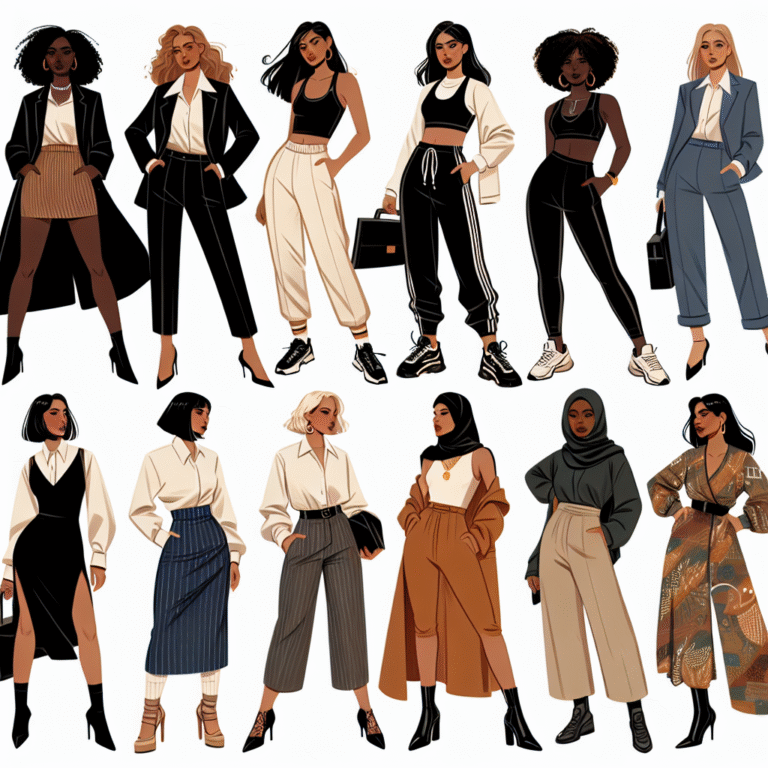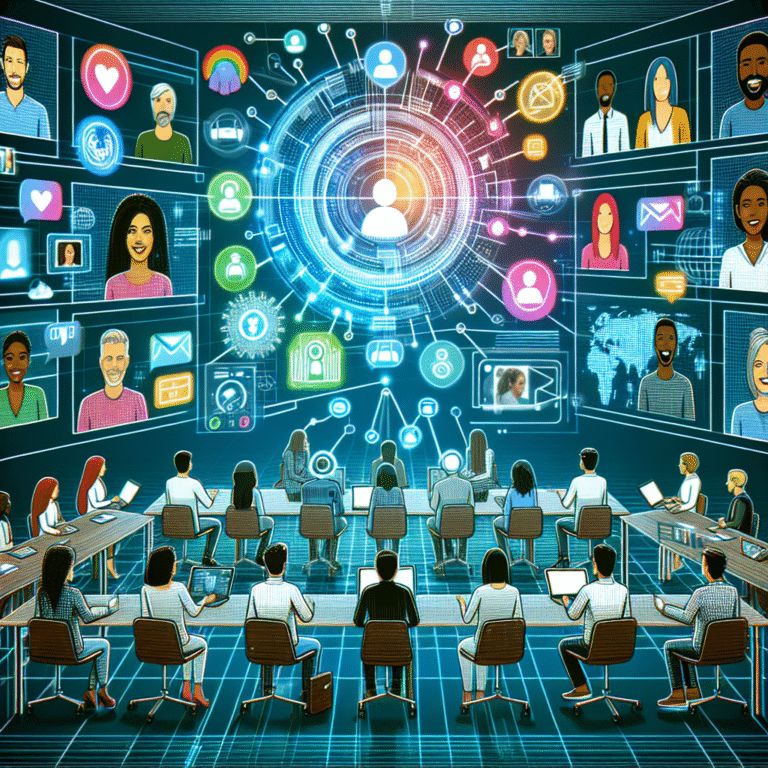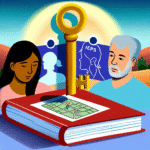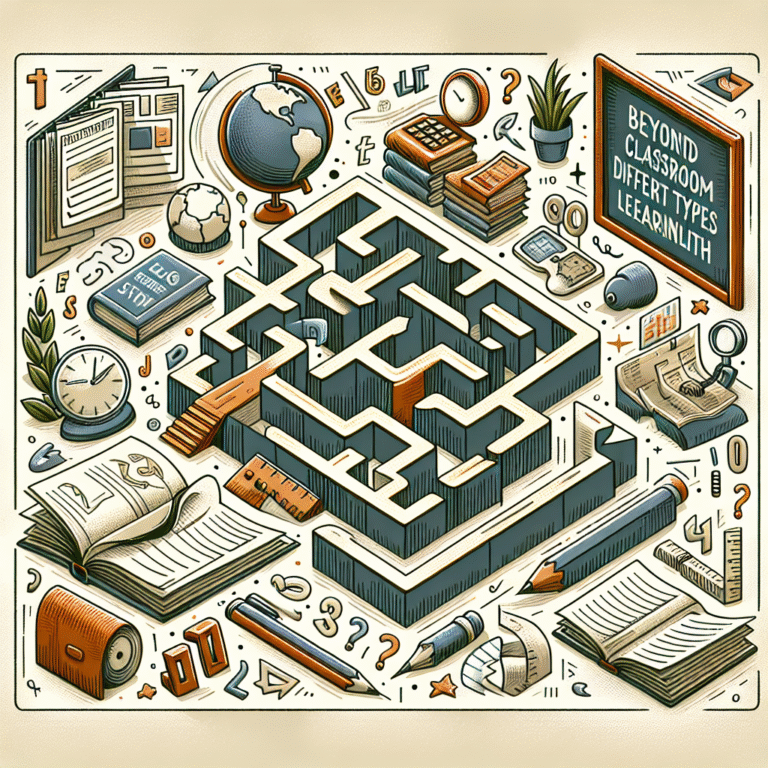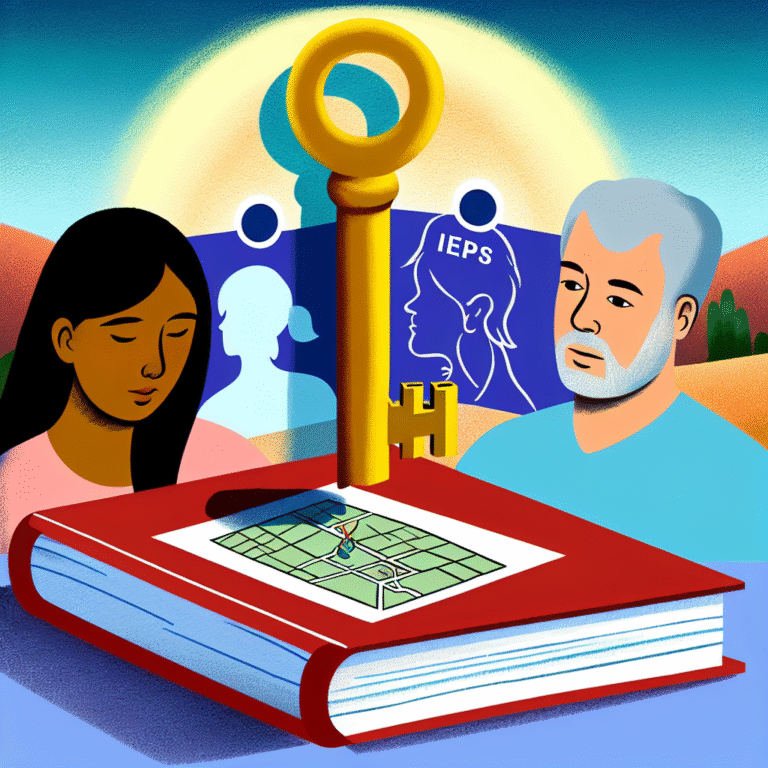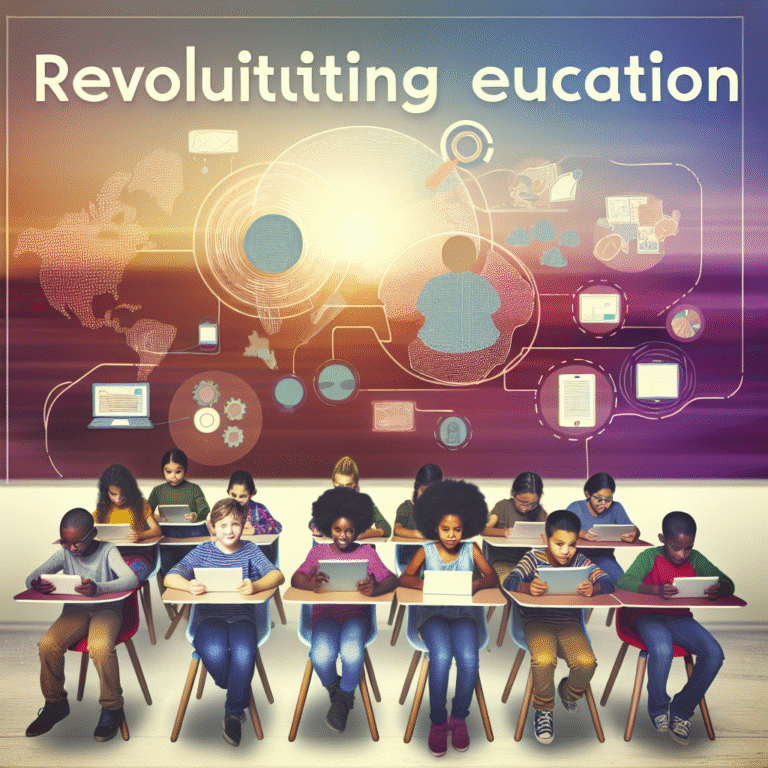
Introduction
Imagine a world where every individual is free to express their identity without the confines of traditional gender binaries. In recent years, we’ve seen a powerful movement that champions the visibility and voices of non-binary individuals. This article, Breaking the Mold: Celebrating Non-Binary Voices and Experiences, aims to explore this vibrant expression of identity and its significance in today’s society.
As awareness grows, it’s crucial to acknowledge that non-binary identities are more than just a trend; they represent a profound shift in how we understand gender. Let’s dive into this transformative landscape, celebrating the stories, challenges, and victories of non-binary individuals around the globe.
Understanding Non-Binary Identities
Defining Non-Binary
Non-binary is an umbrella term that encompasses various identities outside the traditional gender binary of male and female. This can include genderqueer, genderfluid, agender, and more. Each non-binary person has their own unique experience and understanding of their gender, often connecting deeply to fluidity, creativity, and personal authenticity.
Historical Context
Historically, many cultures have recognized non-binary identities. For instance, some Indigenous cultures in North America have long embraced Two-Spirit people, who embody both masculine and feminine qualities. Celebrating these rich histories is essential to understanding the current non-binary landscape.
Cultural Shifts
The last decade has seen a surge in the visibility of non-binary individuals in media, politics, and social spheres. Prominent figures like Sam Smith, Gigi Gorgeous, and Janelle Monáe have proudly identified as non-binary, breaking barriers and inspiring countless others to express their true selves. By embracing the mantra of Breaking the Mold: Celebrating Non-Binary Voices and Experiences, these individuals challenge outdated norms and pave the way for future generations.
The Importance of Representation
Media Representation
In order to foster a more inclusive environment, representation in media is crucial. TV shows, movies, and literature that include non-binary characters help normalize these identities, encouraging broader acceptance. A study found that representation can significantly reduce bias and negative stereotypes, making it imperative for creators to feature non-binary narratives authentically.
| Medium | Notable Non-Binary Representation |
|---|---|
| Television | "Billions" – Taylor Mason |
| Film | "The Matrix Resurrections" – Niobe |
| Literature | "They Both Die at the End" – Adam Silvera |
Social Media Influence
Platforms like Instagram, TikTok, and Twitter have given rise to non-binary influencers who share their experiences, educate their audiences, and build community. The use of hashtags such as #NonBinaryPride and #BreakingTheMold encourages solidarity and creates a safe space for dialogue about gender identity.
Case Study: Non-Binary Representation in Media
Take the groundbreaking show "Billions," which features the character Taylor Mason, a brilliant young hedge fund manager who identifies as non-binary. The show’s respectful portrayal of Taylor has resonated with audiences, providing critical visibility for non-binary experiences. By showcasing diverse identities, media entities can inspire acceptance and foster more nuanced conversations about gender.
Relevance Analysis
This representation not only humanizes non-binary experiences but also provides a template for how various industries can normalize queer identities. As society becomes more comfortable with this diversity, the possibilities for positive change amplify.
Challenges Faced by Non-Binary Individuals
Societal Misunderstandings
Despite progress, non-binary individuals often face significant challenges, including misgendering and lack of understanding. The assumption that everyone must fit neatly into male or female categories perpetuates stigma and invalidation.
Legal Challenges
In many countries, legal documentation such as passports and driver’s licenses require individuals to identify strictly as male or female, limiting the rights of non-binary individuals. Organizations advocating for non-binary options on legal documents are crucial in pushing for systemic change.
Mental Health Impacts
The lack of acceptance can have dire mental health implications for non-binary individuals. Studies indicate higher rates of anxiety, depression, and suicidal thoughts in those who face systemic discrimination or lack of familial support.
Case Study: Mental Health Among Non-Binary Youth
A 2021 study by The Trevor Project found that 42% of LGBTQ+ youth seriously considered suicide, with non-binary individuals significantly represented in these statistics. This statistic emphasizes the urgent need for supportive environments—schools, families, and communities must be educated to offer the understanding and resources necessary for mental health.
Relevance Analysis
Understanding the challenges faced by non-binary individuals is essential for creating empathetic, supportive spaces that honor and celebrate diversity. By addressing these barriers, we can work toward a more inclusive society.
Celebrating Non-Binary Voices
Community Support and Activism
The non-binary community is rich with activism and support networks that play critical roles in fostering acceptance and safety. Organizations such as GLAAD and The Trevor Project provide resources for advocacy and education, helping to create understanding and acceptance in society at large.
Educational Initiatives
Educational institutions are beginning to implement training that includes discussions on gender diversity, promoting inclusive practices. Committees and student organizations often hold workshops or panels to facilitate conversations on gender identity.
Case Study: Educational Outreach Programs
One effective initiative is the Gender Spectrum, which conducts workshops in schools to promote LGBTQ+ awareness and understanding. Reports indicate that schools implementing these programs saw a marked increase in acceptance and understanding among students and staff.
Relevance Analysis
These proactive steps educate society and foster environments where non-binary individuals can thrive. By recognizing the importance of continuous education and dialogue, we can nurture mutual respect and understanding.
The Role of Language
Reimagining Pronouns
The conversation around pronouns has evolved significantly. Many non-binary individuals prefer using ‘they/them’ pronouns, whereas others may choose neopronouns like ‘ze/zir’ or ‘xe/xem’. This shift in language plays a vital role in affirming identity and fostering respect.
The Power of Affirmative Language
Using affirmative language, such as incorporating the preferred pronouns of individuals, is an essential aspect of honoring someone’s identity. Organizations are increasingly adopting policies that mandate the use of preferred pronouns, which fosters an atmosphere of inclusivity.
Case Study: Workplace Pronoun Policies
Companies like Salesforce and Google have initiated campaigns to normalize discussions about gender identity and pronouns in the workplace. Reports from these companies show a boost in morale and job satisfaction among employees who feel recognized and valued.
Relevance Analysis
Adopting inclusive language not only fosters acceptance but also enhances workplace culture, demonstrating the practical benefits of embracing non-binary identities.
Building Allyship
Understanding Allyship
Being a true ally to non-binary individuals involves understanding their experiences, advocating for their rights, and creating safe spaces for dialogue. Allies play a crucial role in challenging stereotypes and misconceptions that pervade society.
Actions to Take
- Educate Yourself: Read literature, attend workshops, and engage with resources that expand your understanding of non-binary identities.
- Listen Actively: Creating space for non-binary voices to be heard is essential. Allow individuals to share their experiences without interruption.
- Speak Up: Challenge misconceptions and biases when you encounter them, whether in personal conversations or public discussions.
- Support Non-Binary Artists: Promote art, literature, and media created by non-binary individuals to amplify their voices.
Case Study: Successful Allyship Programs
Organizations like OutRight Action International have implemented robust allyship training programs that equip individuals with tools to advocate for the LGBTQ+ community. Participants report increased confidence in their ability to advocate effectively.
Relevance Analysis
Building allyship is not just about support; it’s about constructing a culture of advocacy that recognizes and honors non-binary voices.
Conclusion
In the journey of Breaking the Mold: Celebrating Non-Binary Voices and Experiences, we unveiled the tapestry of lives, struggles, and triumphs that compose the non-binary experience. By fostering understanding, recognizing challenges, and celebrating diverse identities, we can create a society that honors every individual’s right to define their own identity.
As we move forward, let us commit to being allies, advocates, and champions for non-binary voices—celebrating the richness of human experience in all its forms. The call to action is clear: embrace diversity, educate ourselves, and highlight the unique narratives that break molds and expand the horizons of our shared human experience.
FAQs
1. What is non-binary identity?
Non-binary is an umbrella term encompassing all gender identities that don’t fit strictly within the binary of male and female. Non-binary individuals may identify as a mix of both genders, neither, or something entirely different.
2. How can I support non-binary friends or family?
Educate yourself about non-binary identities, use preferred names and pronouns, and advocate for inclusion in your community. Listening and creating a safe, non-judgmental space is vital.
3. Are there resources for learning about non-binary experiences?
Yes! Organizations like GLAAD, The Trevor Project, and Gender Spectrum offer a wealth of resources, including articles, guides, and community support.
4. How do pronouns relate to non-binary identities?
Pronouns are an important part of one’s identity. Non-binary individuals may use ‘they/them’ or other neopronouns to reflect their gender identity, and using the correct pronouns is a vital way to show respect.
5. Why is representation important for non-binary individuals?
Representation in media and public life helps normalize non-binary identities, reduces stigma, and fosters understanding. When individuals see themselves reflected in various aspects of life, it can significantly boost their self-esteem and sense of belonging.
By weaving together acknowledgement, education, and celebration, we can uplift non-binary voices and experiences, resonating with the mantra of Breaking the Mold for generations to come.


